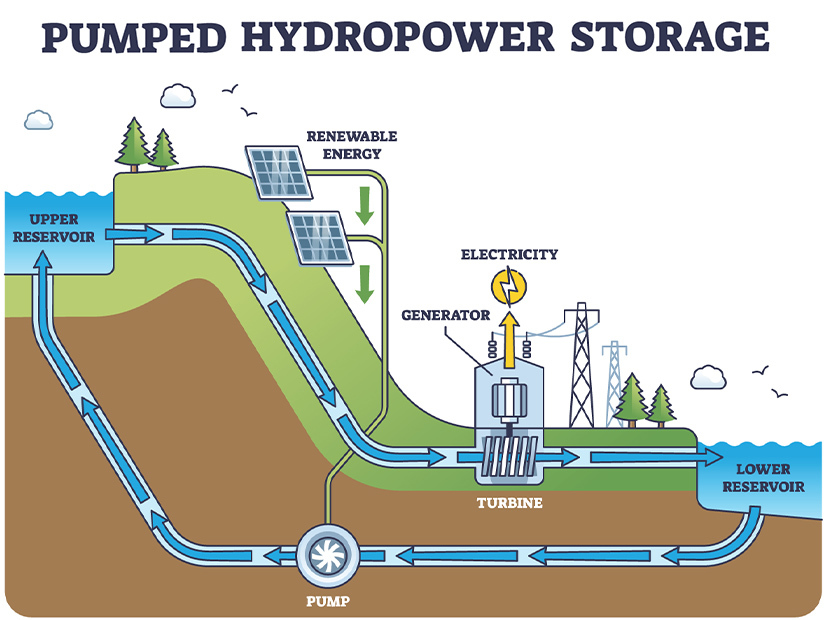this post was submitted on 29 Sep 2024
108 points (97.4% liked)
Science
22952 readers
1 users here now
Welcome to Hexbear's science community!
Subscribe to see posts about research and scientific coverage of current events
No distasteful shitposting, pseudoscience, or COVID-19 misinformation.

founded 4 years ago
MODERATORS
you are viewing a single comment's thread
view the rest of the comments
view the rest of the comments


It's fine for places that have a lot of water and hills
For places without water, what's wrong with importing a bunch once? Evaporation suppressors exist to help with hotter climates.
You're probably right about the hills. Building a water tower that can hold an entire lake seems inefficient.
How are you importing an entire lake?
Truck? 5G? Just let a tiny faucet run a long time? IDK.
from somewhere import lake
lake.flow()
It's just that simple!
Use a very long hose.
you can use saltwater for it though, doesn't need to be fresh water or treated in any way, just a physical medium to make turbine go brrr
Machinery and saltwater generally don't mix very well. And you'd still need to make a saltwater lake somewhere uphill.
yeah but in this case it's just a pipe and a turbine it's gotta make move
water tanks tho
Saltwater damages turbine blades very fast. Using saltwater would require some very different engineering for the turbine blades, which might not be worth the benefit of being able to use saltwater.
Turbines are precision machines. And if we're talking utility scale installations here, we want an upper reservoir measured in thousands of cubic meters, not liters.
The pipe and turbine would break so fast it's basically useless. Also, tanks are waaaay more expensive than digging a hole in the ground.
There's good reasons why freshwater open reservoirs are used. If tanks and brine were usable, people already would be using them.
You don't really need huge volumes of water, a 5GW hydro storage proposal in Australia will require 38 gigalitres, or 0.038 cubic kilometres. At a depth of ten metres, that's a 2km circle (or rather, two ~1.5km circular reservoirs).
Arizona uses ~8500 gigalitres a year to put that in comparison.